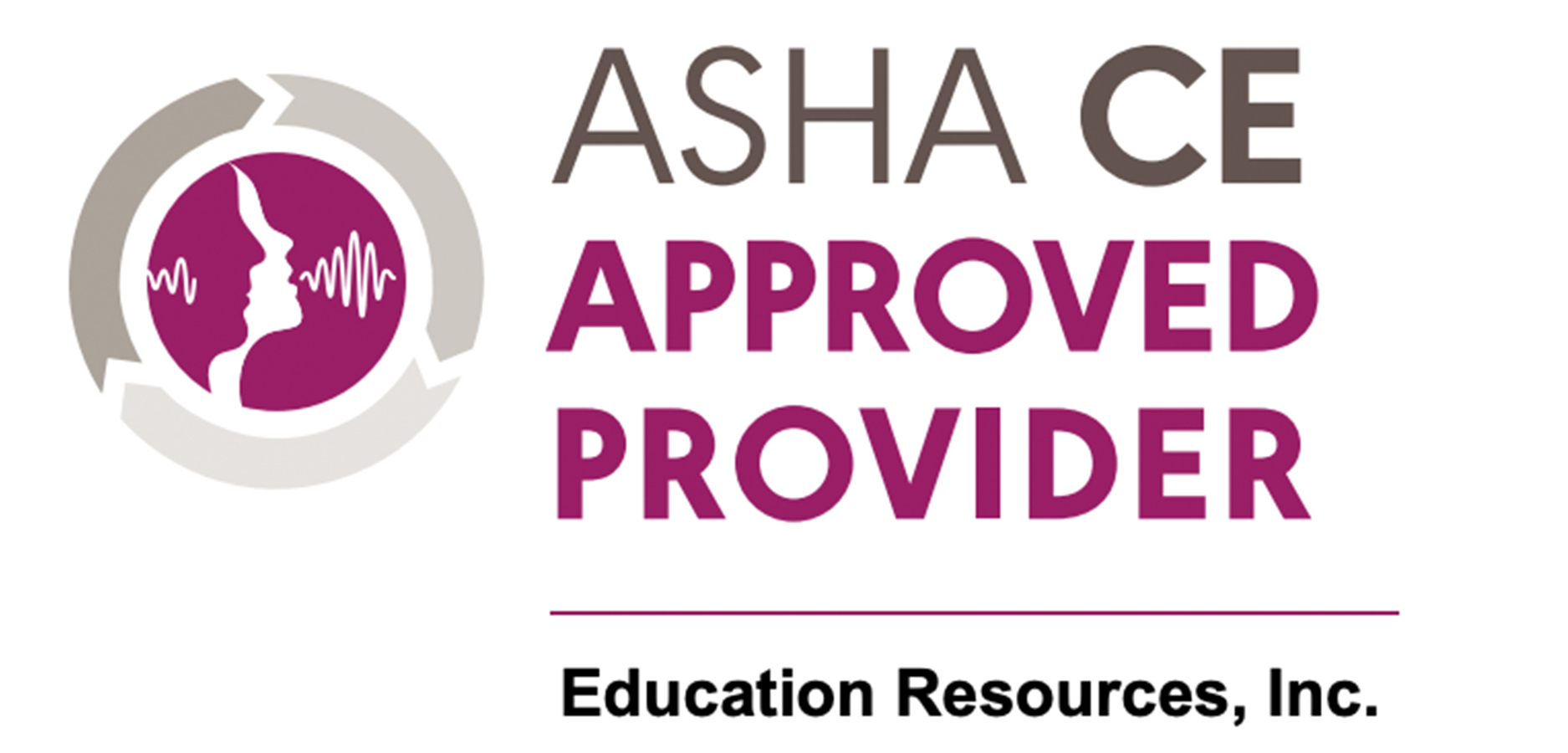This session is part of two comprehensive series:
Birth to Three Annual Conference 2 PROGRAM A – ON-DEMAND
and
Birth to Three Annual Conference 2 – ON-DEMAND
COURSE DESCRIPTON:
The way that we process sensation and move our body impacts the way that we feel. The way we feel impacts the way we process sensation and move our body. The way that we sense, move and feel impacts the way we act and interact with others, which becomes known as our personality style. Understanding personality styles with sensation, movement and emotion in mind can help us interact with children in a way that strengthens our relationships and enhances engagement and regulation.
Through an understanding of the emotional expressions elicited from sensory and motor experiences and how to use sensory motor play to elicit emotional expressions, The Sensory Emotional Engagement Model provides a novel framework to refine intervention in clinical practice. This frame of reference guides therapists to deliberately elicit ways of feeling during sensory motor play that replace negatively felt emotions with emotionally driven experiences that build a sense of joy, confidence and success. The elicited emotional expressions enhance engagement and participation in the therapeutic process.
The Sensory Emotional Engagement model identifies five Sensory Emotional Personality styles (SEPs) that represent the social emotional behavior patterns of children with sensory processing and sensory motor differences. An assessment tool has been researched and developed to help practitioners identify Sensory Emotional Personality styles of children and is intended to be used to guide treatment within this model. The treatment approach, specifically tailored for each Sensory Emotional Personality style, includes the following:
- Sensory Emotional Play Themes – specifically chosen play themes embedded with sensory motor activities. Each of the five play themes include recommended toys paired with sensory motor activities designed to elicit specific emotional experiences aimed to enhance sensory, motor, social and emotional development simultaneously.
- Sensory Emotional Engagement Roles – specifically chosen affective strategies and defined roles for interaction for the therapist and/or caregiver. The five interactional roles include ways to use facial expression, gestures, tone of voice, use of language and other engagement based strategies.
The model is multi-disciplinary and has been used by OTs, SLPs, PTs, mental health providers and educators. The participants will learn new assessment and intervention strategies that can be put into practice right away! This model not only enhances the treatment process for therapists working in sensory integration clinics, but it provides a new way for therapists who do not have access to sensory integration equipment to enhance sensory health for their clients and accompanying caregivers.
Participants will be guided through case study examples from assessment through treatment. Participants will have an opportunity to consider a case of their own, use the assessment tool and develop a treatment plan using Sensory Emotional Play Themes and Sensory Emotional Engagement Roles. Feedback will be provided through group discussion.
LEARNING OBJECTIVES:
- Determine the connection between sensory processing, emotional responses, and/or movement patterns within the framework of the Sensory Emotional Engagement Model.
- Apply the effectiveness of different Sensory Emotional Play Themes and Sensory Emotional Engagement Roles to addressing the needs of various Sensory Emotional Personalities (SEPs)
- Utilize a treatment plan including Sensory Emotional Play Themes and Sensory Emotional Engagement Roles tailored to a specific Sensory Emotional Personality for improved participation with home or community activities.
AUDIENCE:
Birth to three therapists including OTs, PTs, SLPs, and Special Educators working in these settings Outpatient – hospital pediatric, Outpatient – private practice, Early intervention/home care and school-based.
COURSE OUTLINE:
- Differences in sensory processing using Miller’s SPD Nosology
- Connecting Sensation, Emotion, Movement and Personality
- Research connecting sensation with emotion and movement with emotion
- Temperament and personality research
- The Sensory Emotional Personalities (SEPs)
- Overview of five SEPs and their impact on emotion regulation and social participation
- The Sensory Emotional Engagement Model
- Research that supports play as an intervention
- Targeted emotional state to elicit through play in treatment for each of the Sensory Emotional Personalities
- Sensory Over Responsive: Security, control, protection, power
- Dyspraxia: confidence, persistence, organization, construction
- Sensory Emotional Play Themes and sensory motor activities that can be used with each of the Sensory Emotional Personalities
- Dyspraxia: Imitation games, cause and effect, construction work, build kingdoms over which they rule facilitates feelings of confidence, persistence, etc.
- Sensory Discrimination: Fill and empty, trial and error, scientist experiments, ninja warrior, and game creation facilitates experimentation and wonder.
- Videos of case examples will be shared for each of the Sensory Emotional Play Themes
- Sensory Emotional Engagement Roles and accompanying affective strategies for each Sensory Emotional Personality with each play theme – body position, use of language, use of facial expression and gestures that should be infused
- EX: Posture: Increase affect (move faster and bigger movements), pair affect and sound to their movements to facilitate orientation towards you; use anticipation to invite upright curious posture
- Roles
- The Playful Protector
- The Connector
- The Wondering Experimenter
- The Encouraging Supporter
- The Organizer
- CASE STUDIES: Case examples will be shared and participants will be guided through the development of a play based intervention including play theme, sensory opportunities and affective supports.
Michele Parkins MS, OTR is an Occupational Therapist endorsed as an Infant and Early Childhood Mental Health Specialist. She specializes in working with children and families with differences in sensory processing and integration and challenges in social-emotional development at her practice Great Kids Place in New Jersey. She is the founder of the Sensory Emotional Engagement Model connecting sensation, movement, emotion and personality to support relational health in children and caregivers. She is also a parent of two sensory emotional kids.
Michele is a fellow of Dr. Lucy Jane Miller, OTR and served as faculty for the Sensory Treatment and Research Institute under Dr. Miller, where she assisted in the design of the certification courses in Sensory Processing and Integration assessment and treatment for therapists worldwide. She is assisting with the standardization and development of the latest assessment for Sensory Processing Disorder – the Sensory Processing Three-Dimensions. She serves on the board of the New Jersey Infant and Early Childhood Mental Health Association where she co-chairs the training committee creating curriculum that brings multi-disciplinary approaches to understanding mental health and early relational health.
Michele is passionate about working with families and other therapists and continues to do so as a clinician and educator. She educates therapists from all over the country and world and continues to provide consultation to schools on treatment for sensory processing disorder. Michele is leading research on the bidirectional relationship of sensory motor and social emotional experience. Michele has co-authored a chapter in the 3rd edition of Sensory Integration: Theory and Practice, the textbook for sensory evaluation and treatment, alongside world-renowned pioneers in the field, and is currently writing a parenting book and children’s books to support parents and families in understanding the impact of sensory processing differences on social emotional capacities including family dynamics and relationships and day to day routines and activities. She hopes to help everyone – children and adults- understand their Sensory Emotional Personality style and ways to find strength and joy within them.
Michelle Parkins receives an honorarium from Education Resources.
Michelle Parkins has no relevant nonfinancial relationships to disclose.
Once you purchase an online course you will have access to the course materials. If you have purchased this course, please ensure you have logged in to your account in order to take the exam.
Once you purchase an online course, you will have the opportunity to take an exam to test your retention of the material. If you have purchased this course, please ensure you have logged in to your account in order to take the exam. The exam must be completed with a pass rate of 80% or more in order to receive your certificate of attendance.
Continuing Education Hours for disciplines not listed below: 3 contact hours (0.3 CEUs). Intermediate level. License #______________.
Education Resources Inc. is an AOTA Approved Provider of professional development. Course approval ID# 11368. This Distance Learning-Independent Course is offered at 3 contact hours 0.3 CEUs (Intermediate Level, OT Service Delivery & Foundational Knowledge). AOTA does not endorse specific course content, products or clinical procedures. This course can be used toward your NBCOT renewal requirements for 3 units. Provider for the FL Occupational Therapy Association CE Broker for 3.5 CE Hours - approval #20-1305354. ASHA CE Provider (Intermediate level). This session applies 0.3 ASHA CEUs toward approval but must be combined with all Part A Sessions to receive ASHA CEUS. ASHA CE Provider approval and use of the Brand Block does not imply endorsement of course content, specific products, or clinical procedures. Approved by the FL Physical Therapy Association for 3.5 CE Hours - approval #CE25-1305354. This course has been approved by the MD State Board of Physical Therapy Examiners for 3 Continuing Education Hours. This session applies 3 CE hours toward approval but must be combined with entire course to receive approval by the MN Board of PT, #12965. Approval #2505-44 by the NJ State Board of Physical Therapy Examiners for 3 CECs. Approved sponsor by the State of IL Department of Financial and Professional Regulation for Physical Therapy for 3.5 contact hours. The Illinois Early Intervention Training Program has approved this event for 0.5 TYP, 0.5 ATY, 1 AS, 1 INT hours of EI credential credit in the area of Intervention. Approved provider by the NY State Board of PT for 3.5 contact hours (0.35 CEUs). This session applies 3 hrs. toward approval but must be combined with entire course to receive approval by the OH PT Association - Approval #25S1896. Education Resources is an approved agency by the PT Board of CA for 3 contact hours. This activity is provided by the TX Board of PT Examiners accredited provider #2210017TX for 3 CCUs and meets continuing competence requirements for PTs and PTAs licensure renewal in TX. Approved Provider for OK State Board of Medical Licensure & Supervision #BAP202310003. Approved Provider by the NM Board of Physical Therapy for 3 CE Hours. 3 hours of this course qualify towards the discipline-specific hours for the 20-hour requirement for NDTA re-certification. They do NOT qualify towards the 8-hour NDTA Instructor requirement for re-certification.
Education Resources Inc., 266 Main Street, Suite 12, Medfield, MA 02052 508-359-6533



